Does Tankless Hot Water Heater = Inconsistent Hot Water?
riellebee
4 years ago
Featured Answer
Sort by:Oldest
Comments (36)
Jake The Wonderdog
4 years agolast modified: 4 years agoriellebee
4 years agolast modified: 4 years agoRelated Discussions
Problem with tankless Hot Water Heater
Comments (2)Thanks Jake for your reply. The model is Aquastar Bosch 125B LP...See Morehard water with tankless hot water heater
Comments (2)That's exactly what I wanted done (install a small, no more than 5 gallon, hot water heater but for some reason due to space and other plumbing & wiring issues that seemed not to be such a great idea. Although at that price, I can't imagine why not. I did find information about something called a Hot Water Heater Scale Inhibitor System (sold at www.plumbingsupply.com along with the Chronomite Instant-Temp Tankless Electric Water Heaters, which is what we have). Anybody have any experience with that unit?...See MoreTankless water heater - unhappy it takes LONGER to get hot water :(
Comments (10)The point of a tankless water heater is to have a continuous supply of hot water that, unlike a standard water heater, will not run out. It can only provide instant hot water if the tank is at the point of use. There is nothing magic about it that will repeal the laws of thermodynamics and fluid flow. If there are many feet of piping that the heated water needs to run through, particularly if some of the run is in unheated space, there will be the type of lag you are describing. This is because the heated water has to displace whatever cool/cold water has been sitting in the pipe, and because that heated water will also will lose a lot of heat to the cool piping until that piping gets to be about the same temperature as the hot water. Only when the sitting water has cleared and the piping is heated up will you get water coming out at the temperature you want. This is not unique to tankless units...it's true of any type of water heating system where the heated water has to travel a bit before it gets to the point of use. If you want hot water faster, you'll need to move the tankless unit much closer to where you are using the water....See MoreElectric Tankless Hot Water Heater
Comments (42)Okay, so having looked at the dimensions if only I could open up mystery wall and position it a little closer to the exterior wall all my problems would be solved. I could use/access the under stair storage space without going tankless. However if the only option is to plop in a new unit in the exact spot of the old one, that is a problem: it would cover access to the main water shutoff. Now the million dollar question: who on earth do I go to to help figure this out? I’m guessing checking the Home Depot “Get expert in-home installation” box is not going to cut it. Also, any idea what would normally be hidden behind this kind of access panel?...See Morekudzu9
4 years agoriellebee
4 years agoriellebee
4 years agolast modified: 4 years agoNidnay
4 years agoNidnay
4 years agoNidnay
4 years agokudzu9
4 years agoriellebee
4 years agokudzu9
4 years agoJake The Wonderdog
4 years agolast modified: 4 years agoweedmeister
4 years agoriellebee
4 years agolast modified: 4 years agoJake The Wonderdog
4 years agolast modified: 4 years agoJake The Wonderdog
4 years agokudzu9
4 years agoriellebee
4 years agoJake The Wonderdog
4 years agoriellebee
4 years ago
Related Stories

GREAT HOME PROJECTSHow to Switch to a Tankless Water Heater
New project for a new year: Swap your conventional heater for an energy-saving model — and don’t be fooled by misinformation
Full Story
GREAT HOME PROJECTSHow to Add a Solar Water Heater
Lower energy bills without a major renovation by putting the sun to work heating your home’s water
Full Story
HEALTHY HOMEHow to Choose a Home Water Filtering System
Learn which water purification method is best for your house, from pitchers to whole-house setups
Full Story
SAVING WATER11 Ways to Save Water at Home
Whether you live in a drought-stricken area or just want to help preserve a precious resource, here are things you can do to use less water
Full Story
GREEN BUILDINGWater Sense for Big Savings
Keep dollars in your pocket and preserve a precious resource with these easy DIY strategies
Full Story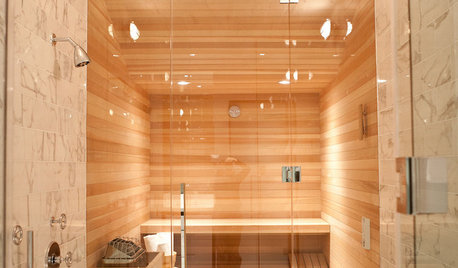
REMODELING GUIDES5 Hot Tips for Home Saunas
Bask in your very own heated haven, indoors or out. This overview will get you off to a glowing start
Full Story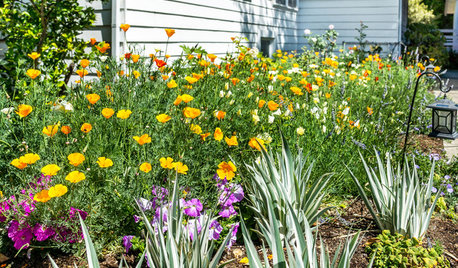
LANDSCAPE DESIGN10 Ideas for a Creative, Water-Conscious Yard
Check out these tips for a great-looking outdoor area that needs less water
Full Story
HEALTHY HOMEHow to Keep Water Vapor From Ruining Your House and Your Health
We help you find out when it’s happening, what it means and how to fix it
Full Story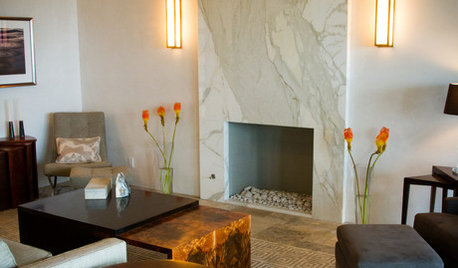
FIREPLACES12 Hot Ideas for Fireplace Facing
From traditional brick to industrial steel, there’s a fireplace cladding here to light up your design
Full Story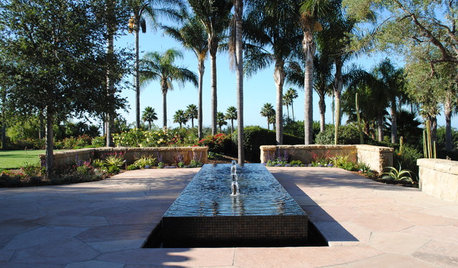
GARDENING AND LANDSCAPINGGardens Tap Into Rill Water Features
Rooted in ancient design, this water feature is popular again as a way to help contemporary landscapes flow
Full Story


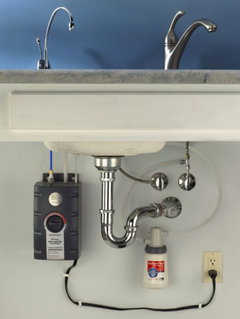

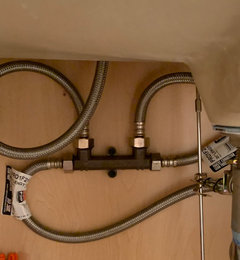
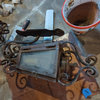
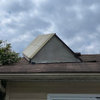

kudzu9